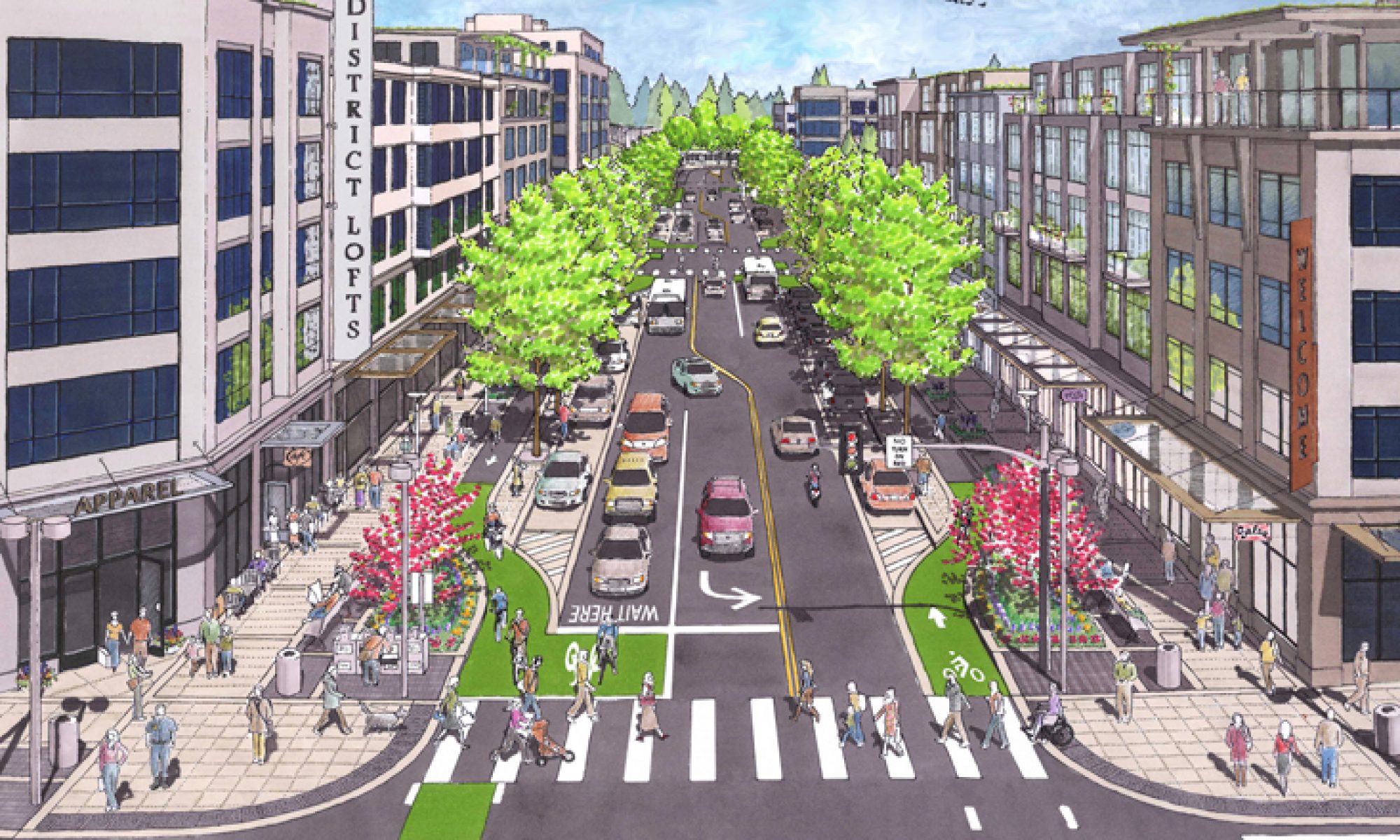Hello APCSC Friends~
Three recent tragic events inspire this newsletter today.
I’d truly prefer not to be writing about them.
Please share your thoughts after reading. At the start of the holiday season I know it’s a downer. but so important that we have these conversations.
First: Last week a child was struck and seriously injured by a driver in Asbury Park. I published the family’s GoFundMe on social media. They will need ongoing help, even though they only asked for funds to pay for a ramp for the child’s wheelchair.

A long Asbury Park Next Door thread ensued, in which people strayed way off the topic to mention annoyance of bicyclists riding on the sidewalk, revealing a total lack of understanding of the critical importance of improving infrastructure design so drivers cannot run into children as they get off the bus – the true dangers of drivers on our roads. And outrageously, one commenter stated, “Watch your kids.”, showing a stunning lack of empathy for the child with a broken pelvis, and his family with serious, ongoing financial needs.
Second: A tone deaf article in the NYTimes. The paper published an article on November 29th that’s unsurprisingly tone deaf citing an an incident of road rage in which a cycling advocate was killed. In twisted logic the writer blames the incident on The War On Cars. This (formerly) highly respected news outlet is not immune to the brainwashing of the auto industry, NYT editors are willfully ignorant, or else they just want to sell readership piling on with those who continue to bash bicycling advocacy in the US. Streetsblog called out the NYTimes in an article today.

It’s sadly unsurprising that American reporting would avoid applauding Paris Mayor Anne Hildago’s success in building more and more bicycling infrastructure, and vastly improving health and safety for everyone in the city.
Third: A bicyclist fatality in Long Branch. Can you spot what’s wrong, wrong, wrong with this reporting? Read the article in Patch.

The “teen”driver is not held responsible because he “stayed at the scene”, and “it appears to be an accident”.
American crash reporting almost always absolves the driver unless they are intoxicated. The victim is often blamed for being on the road at all, or not wearing a helmet or bright clothing.
The driver should not always be blamed.
Journalists rarely mention the distractions of gigantic dashboard screens, the dangers of huge SUVs, the design of roads that allow, even seem to invite speeding, lack of adequate street lighting, or insufficient bicycling and walking infrastructure. All of which is truly to blame.
In the US drivers do terrible things because they can. Roads are dangerous by design, the industry is not regulated against selling excessively large vehicles, and the built environment prioritizes drivers above all other road users.
These, and almost all other CRASHES are preventable.
Airline crashes are treated as such – the plane is grounded, and every aspect of the crash is investigated to prevent it happening again. Not so with car crashes. 40,000 people are killed in traffic violence every year in the US.
Road violence is rarely an accident. It’s always a crash. #crashnotaccident
Our city leaders and traffic engineers ignore the needs of the large % of people in every community who do not or cannot drive, whether due to age, disability, or financial reasons.
Onward~
Polli Schildge
Editor APCSC
Postscript:
Without question every collision is a crash. Sadly some people still think crash and accident are interchangeable terms. The use of accident is no accident – the auto industry has made that term ubiquitous and it’s been adopted by police and journalists thereby taking the onus off drivers and systems that lead to crashes. Thankfully many police departments and journalists are switching to crash, but in some recent articles BOTH terms are used. It’s hard to break a habit…
Calling a crash an accident makes it seem pre-ordained or unavoidable.
Crashes take the lives of 40,000 people every year in the US and they’re treated like collateral damage because, oh well, we have to drive.
It’s criminal that traffic/road engineers and the auto industry have continued to fail people, to kill people – the vulnerable road users outside of cars, those within cars, and drivers themselves.














